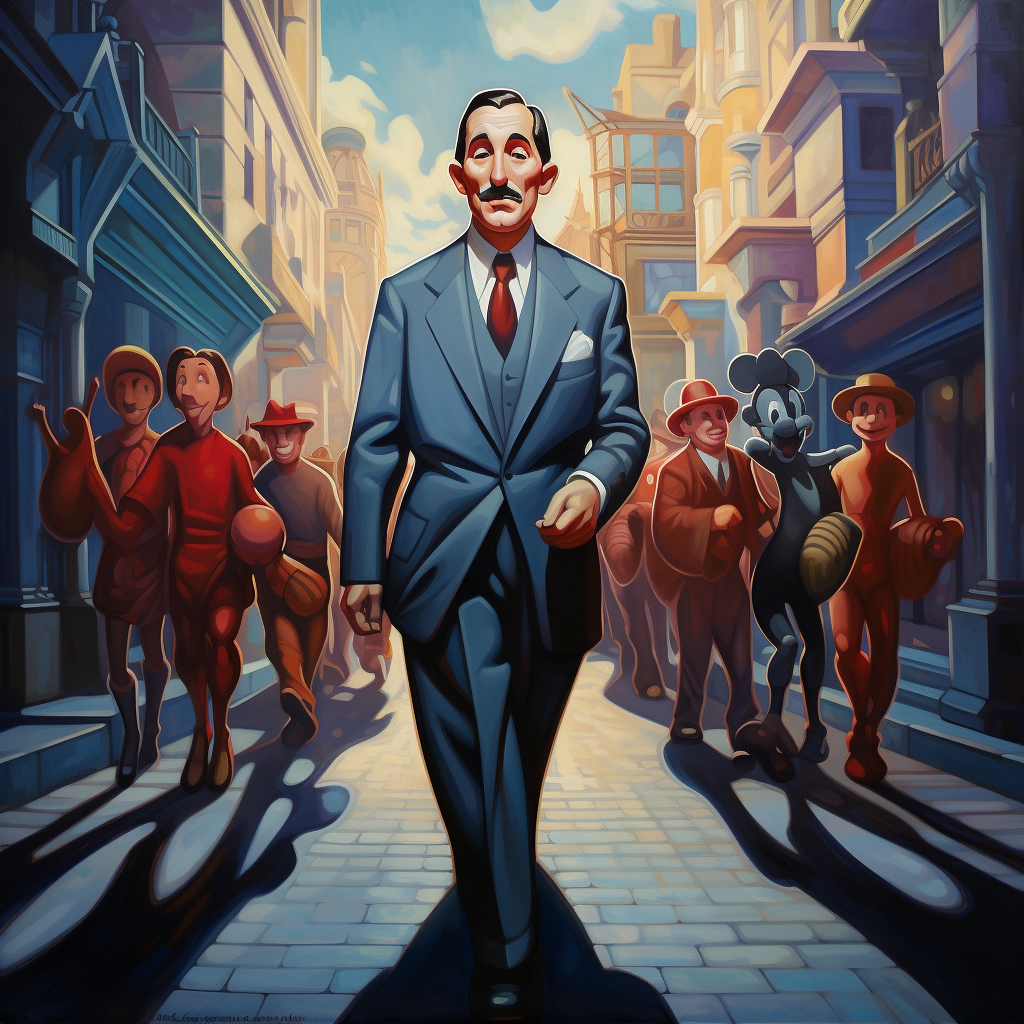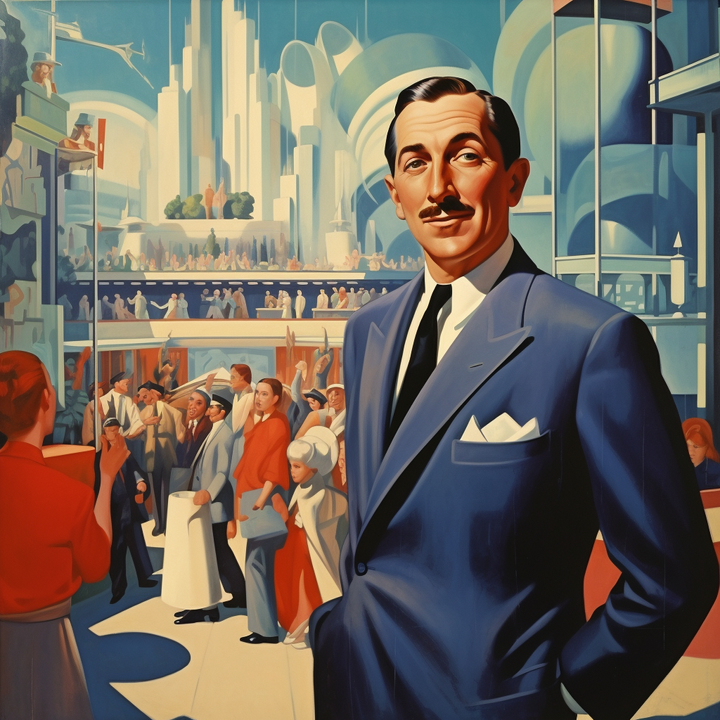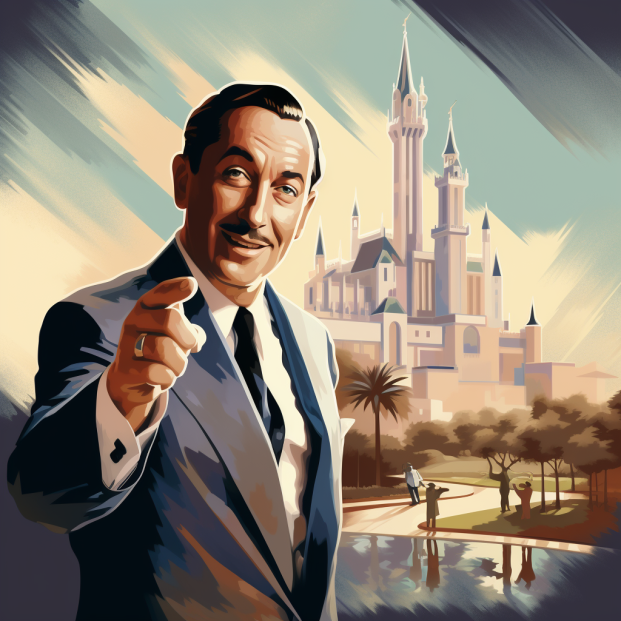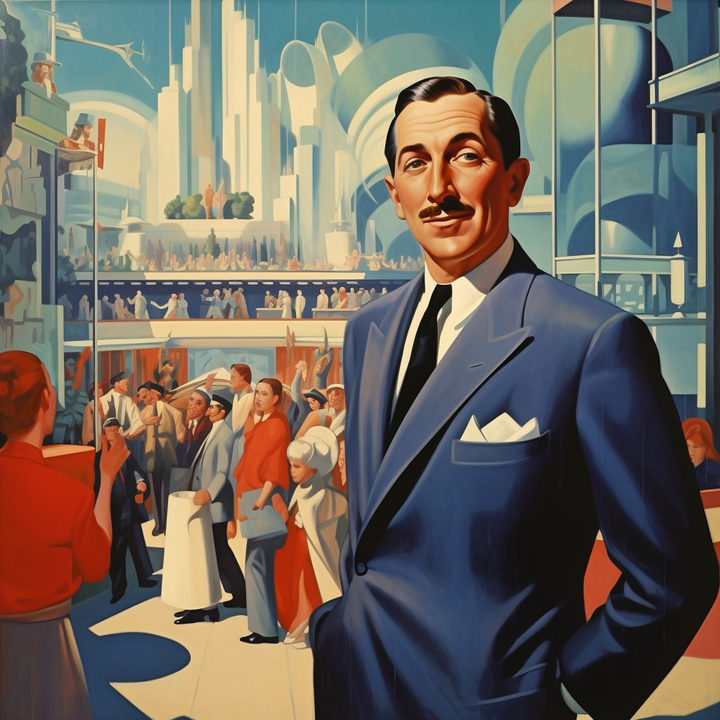1941 Disney: Walt Disney and The Animators Strike

In 1941, The Walt Disney Company, renowned for its animated masterpieces, faced a pivotal challenge that would significantly impact its future: the animators’ strike.
This strike was a landmark event in the history of animation studios, leading to significant improvements in working conditions for animators, including earning pensions and medical insurance, and ensuring basic dignity and fairness by their employers.
This event was not just a confrontation over pay and working conditions, but a critical juncture in the company’s history, profoundly affecting Walt Disney Productions' leadership style and approach to labor relations.
This story illustrates the intricate dynamics of leadership and workforce relationships and the importance of navigating these with empathy and strategic foresight.
Factual Details of the Disney Animators Strike of 1941
1941 The Walt Disney Studios, California, USA Event: Animators’ Strike
In May 1941, animators at The Walt Disney Company went on strike, demanding better pay and working conditions. Animator Art Babbitt played a crucial role in organizing the strike.
The strike was fueled by growing discontent among employees over wage disparities and the perception of unfair treatment at the Burbank studio. Disney animators, frustrated with their working conditions, initiated the Disney animators strike. Disney artists voiced their grievances about unfair wages and lack of recognition.
Disney fired Babbitt, which further intensified the strike. The dispute lasted for nine weeks and became a significant event in Hollywood labor history. The Disney strike led to improved working conditions and pay for Disney’s animators.
The picket line at the Disney studio gates disrupted its operations significantly. The strike resulted in the unionization of Disney’s workforce. The tensions had been building since the release of Snow White, which had not been adequately compensated.
The event marked a shift in Walt Disney’s leadership and management style, making him more distant and wary of his employees. World War II also impacted the studio, adding to the financial and operational challenges.
Leadership Lessons from Walt Disney during the Animators' Strike of 1941
1. Understanding Employee Needs:
- The strike highlighted the importance of understanding and addressing employee needs, grievances, and aspirations, crucial for maintaining a motivated and satisfied workforce.
- Cartoon Brew extensively covered the strike, providing insights into the animators' demands and the company's response.
2. Leadership and Empathy:
- Effective leadership requires empathy and a willingness to view situations from the perspective of employees, recognizing their contributions and concerns.
- Chicago Review Press published 'The Disney Revolt', a book that delves into the strike and its implications for leadership and empathy.
3. Navigating Organizational Change:
- The ability to navigate through and adapt to organizational changes, such as unionization, is vital for maintaining stability and continuity.
- Walt Disney's trip to South America during the strike had a significant impact on his approach to managing organizational change.
4. Communication and Transparency:
- Open communication and transparency are key in avoiding misunderstandings and building trust between leadership and employees.
5. Personal Emotions and Professional Decisions:
- The strike underscored the challenge leaders face in balancing personal emotions with professional decisions, highlighting the need for objectivity and strategic thinking in conflict resolution.
The 1941 animators’ strike at The Walt Disney Company serves as a powerful lesson in labor relations, leadership, and the importance of balancing business objectives with employee welfare.
Walt Disney's leadership during the strike reminds us that the heart of any organization is its people, and their contentment and loyalty are pivotal for long-term success. This incident in Disney’s history encourages current and future leaders to prioritize empathy, open communication, and adaptability in managing workforce dynamics and conflicts.
Reflect on the animators’ strike at Disney and consider:
- How do you currently address and manage employee grievances and demands in your organization?
- In what ways can you improve communication and transparency to build trust and prevent conflicts?
- How might you balance personal feelings with the need for objective decision-making in times of internal strife?
- What strategies can you employ to adapt to and manage significant changes within your organization, such as unionization or shifts in employee dynamics?



